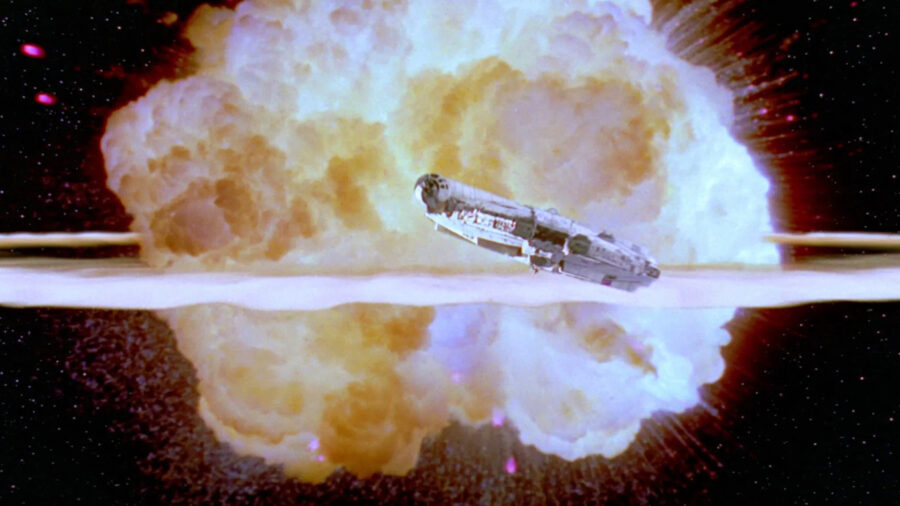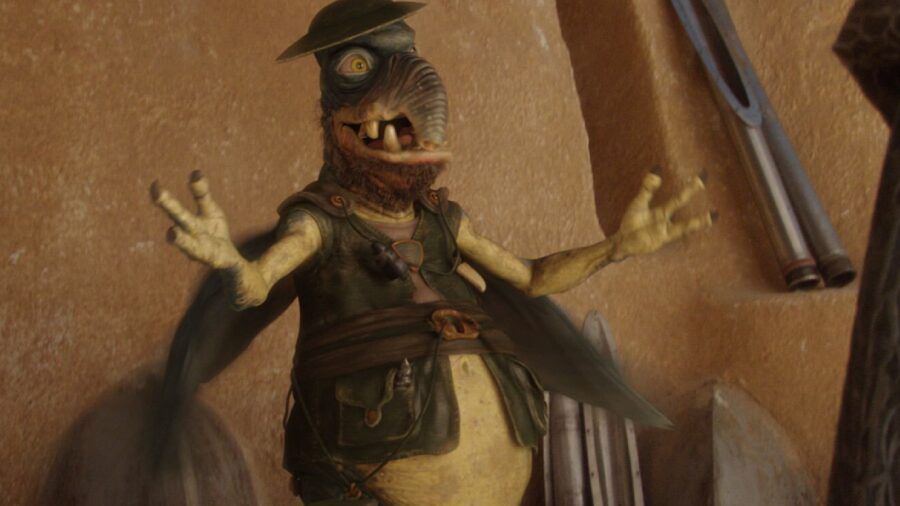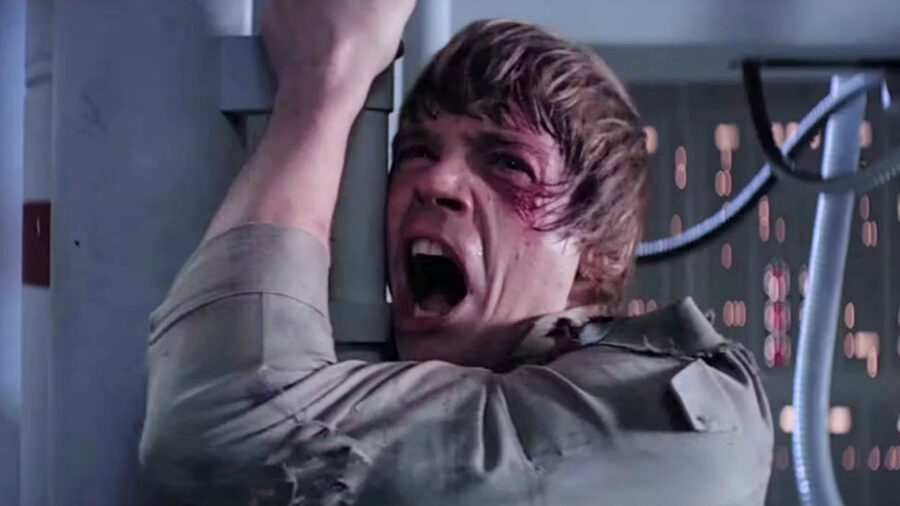See The Star Wars Hotel Disaster In All Its Honesty

If you’re a Star Wars fan, chances are you’ve heard of the recent YouTube video detailing the Star Wars hotel disaster at Disney World. The video is a whopping four hours long, but trust us, it’s worth it. YouTuber Jenny Nicholson tirelessly details what went wrong with the ill-fated attraction as she takes viewers through her experience aboard the now-defunct Galatic Starcruiser. By the end of the video, you’ll no doubt be asking the same question we were: how did Disney screw up this badly?
It cost $6,600 just for two people to spend two nights at the hotel.
The Wikipedia entry for Star Wars: Galactic Starcruiser describes the experience as a “Star Wars-themed two-night live-action role-playing/choose-your-own-adventure.” Sounds awesome, right? In reality, it was anything but.
In her video, Nicholson compares the Star Wars hotel disaster to flying Spirit Airlines.
For starters, the pricing for the Star Wars hotel was an unmitigated disaster. It cost $6,600 just for two people to spend two nights at the hotel. Even if the price were the only issue—and it wasn’t—we still wouldn’t have been surprised to hear the hotel closed not long after opening.
If the $6,600 were all-inclusive, it might justify the price. Unfortunately as Jenny explains, the steep price included almost nothing save the room she and her friend stayed in. Anything else costs extra.

In her video, Nicholson compares the Star Wars hotel disaster to flying Spirit Airlines. The notoriously cheap airline is famous for cheap flights that only include the seat you’re sitting in, and that’s it. Snacks, baggage, and any other amenities are an upcharge. Nicholson maintains that the Star Wars hotel operated on the same principle.
For example, according to Nicholson, if you wanted a better seat at the live dinner performance, you had to pay extra to sit at the Captain’s Table.
She points out that for the price customers were paying, all the seats at the dinner show should have come with a decent view of the entertainment. Unfortunately, she found out the hard way that that wasn’t the case at all.
The live interactions—including the dinner performance—were supposed to be the main selling point of the hotel. If a guest got seated behind a pole like Nicholson did, that’s an important part of the experience gone.
Paying almost $7000 to sit behind a support beam while actors are going through an important bit of story is just one of the things that made the Star Wars hotel experience such a disaster for Nicholson.

In theory, guests’ interactions with certain cast members would result in them being put on one of three story tracks: The Resistance, The First Order, or a neutral smuggling operation.
In a recent interview, Nicholson concluded that Disney didn’t know who to market the Hotel to.
In practice, Nicholson and her friend were never able to get it to work right. She includes footage of her and her friend approaching a First Order officer with an offer to sell out the resistance, only to be put on the very side they were trying to double-cross.
Perhaps the biggest disaster at the Star Wars hotel was not testing things more thoroughly before allowing guests to stay there. Nicholson points out that Disney’s lack of professionalism, especially regarding one of its world-famous theme parks, was shocking.
Ultimately, she concludes that a lot of what was wrong with the Star Wars hotel can be written off as corporate greed.
In a recent interview, Nicholson concluded that Disney didn’t know who to market the Hotel to. She believes that Disney knew the Star Wars brand was valuable and knew that a large part of the fandom would be willing to “spend a lot of money” on it, but it didn’t know whether that would extend to a $6,600 hotel disaster.
“There were a lot of problems,” the YouTuber admits, “but not knowing their audience” may have been the biggest.












